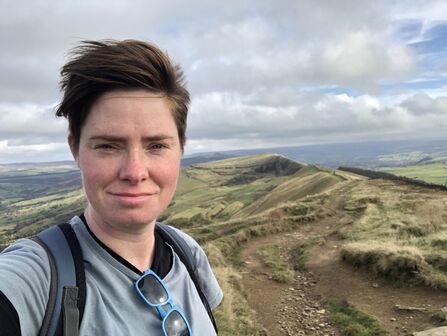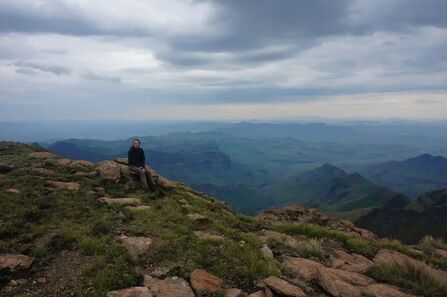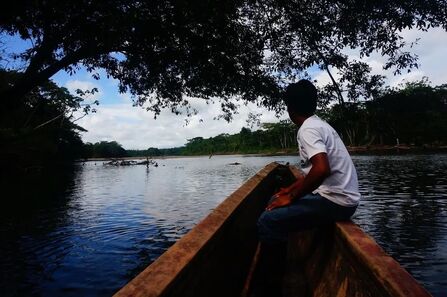
Dr Rachael Antwis thumbnail headshot
It’s an absolute joy and privilege to be here at The Wildlife Trust for Lancashire, Manchester and North Merseyside. My main role will be to drive forward a nature recovery strategy to ensure our work generates the best outcomes for nature, and to support our fantastic teams to do what they do best – restore our precious peat, create new partnerships and projects to drive nature restoration, and protect after our fantastic reserves.
I joined the Trust in June after four years at Defra, where I set up a scheme to create wetlands to protect designated sites from nutrient pollution, before working as Head of Strategy on the Land Use Framework, and then Head of Farming, Environment and Planning for the spending review.



